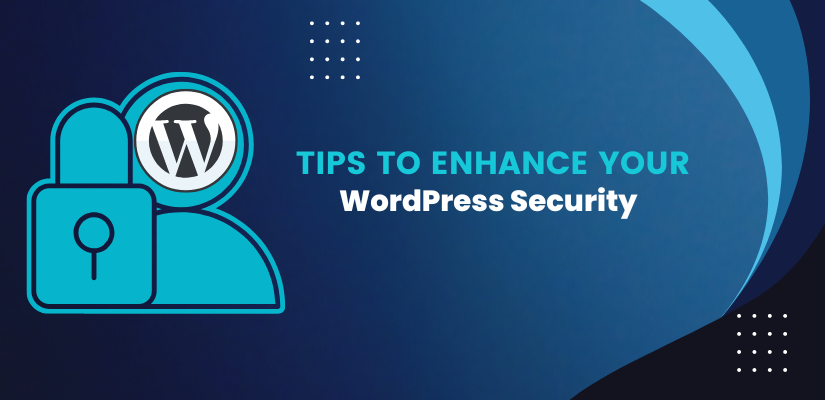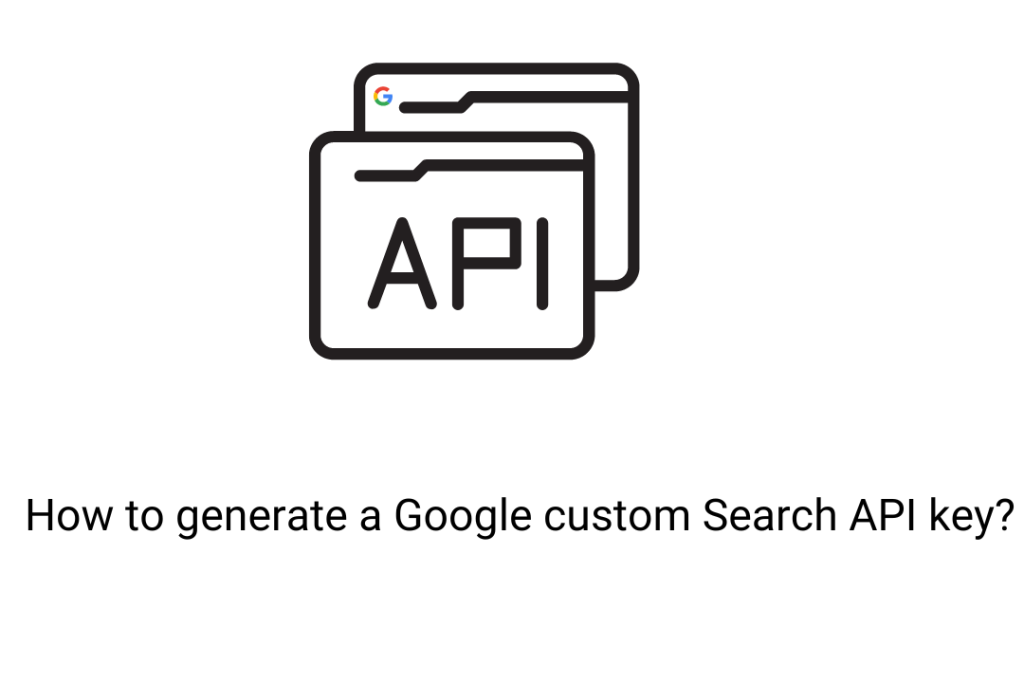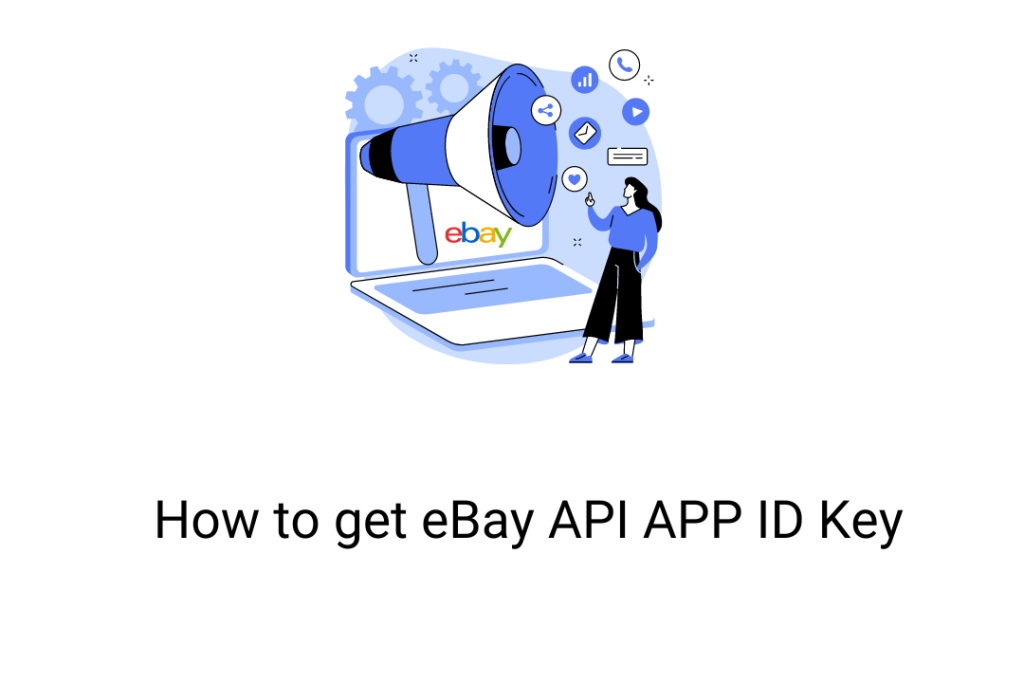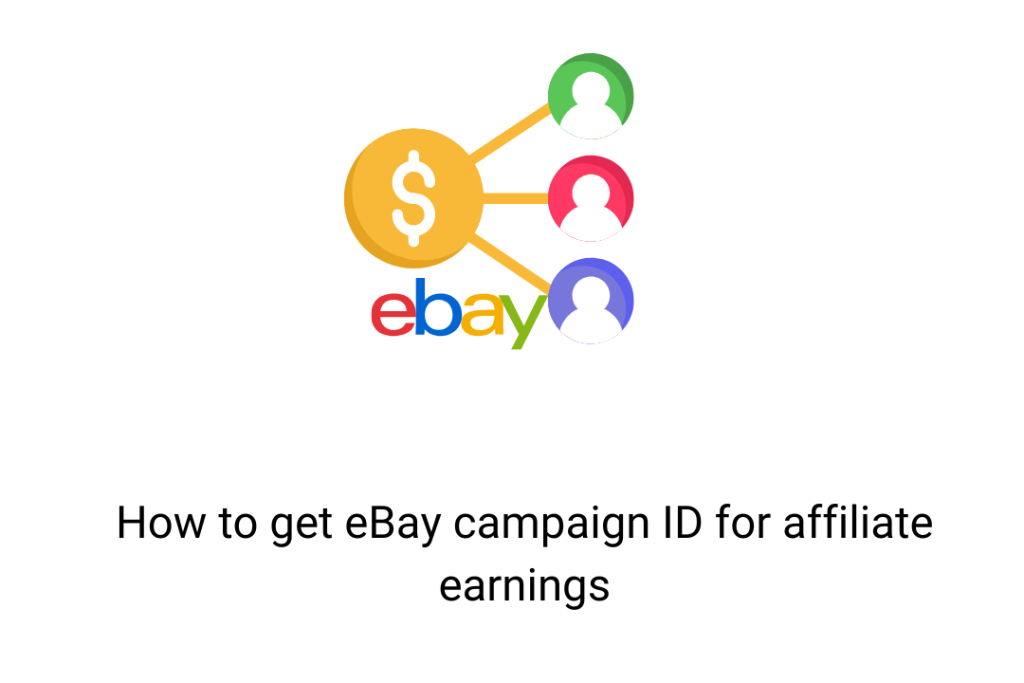43.2% of websites are created using WordPress. Consequently, it is believed that WordPress is the most widely used content management system (CMS). Unfortunately, its popularity has made it a target for several scammers and hackers. And they take advantage of the platform’s security flaws.
Users’ lack of security awareness is another factor that can lead to security breaches. This does not imply that WordPress has a weak security mechanism. It is advisable to put preventative security measures in place to stop your website from being a hacker target.
Every day google backlists more than 10,000 websites for malware. Additionally, phishing has led to the blacklisting of almost 50,000 websites.
The core software of WordPress is very secure. Numerous developers from around the world routinely evaluate and improve it. You must adhere to the best practices for WordPress security if you want your website to be secure. There are several things you can do as a website owner to increase WordPress security.
Importance of WordPress Security:
If your site is hacked then your business will face problems. This will cause damage to your business. And hamper the reputation and revenue. Hackers have the power to steal passwords and user information, set up malicious software, and even infect your users with malware.
Worse, you can end yourself having to pay money to hackers in order to get back your website.
If you have a business website, you need to give special attention to WordPress security. The person who runs an offline retail store protects his store from any theft or robbery. Just like that if you have an online store you need to take care of it too. As it might get hacked. So, you should be responsible enough to protect your website.
Being open-source software, WordPress is updated and maintained regularly. It’s crucial to comprehend why WordPress security is so crucial.
Tips to keep your WordPress secured:
Because WordPress is an open-source platform, anyone can alter and personalize its source code. The most important feature of WordPress is that it is very flexible. And this feature makes it the most widely used CMS and the most powerful one.
But being the most powerful CMS also comes with different drawbacks. It will be open to lots of different security issues. You can never completely get rid of security threats but you can follow some steps to decrease them.
You need to regularly update your WordPress:
When a new version of WordPress is launched, the security of the WordPress is also upgraded. Every time a new version is released, numerous flaws and weaknesses are fixed. The WordPress core developers will also force the release of a new, secure version and swiftly address any extremely damaging flaws. If you don’t update your WordPress software, then your website will be at risk.
Regular plugin and theme updates are required:
Your website’s installed plugins and current theme both need to be updated. This aids in avoiding security flaws, bugs, and other potential entry points.
Like the bulk of software products, specific plugins occasionally may be hacked or have security issues discovered in them. Keeping in mind, we always provide lifetime updates for our WordPress automatic plugin
You need to regularly backup the website:
Backing up your website involves creating copies of all the data and storing them securely. In the event that something bad occurs, you can then restore the website from that backup copy.
You should provide a strong password:
You should provide a strong password for better security. This will help you to decrease the chance of getting your website hacked. You should not reuse any password or use any familiar password. This will put your website at risk. The stronger the password is the lesser the chance of being into a cyber attack.
You should limit the number of login attempts and frequently update your password:
Your login form shouldn’t permit indefinite username and password tries because that’s exactly what a hacker needs to succeed. If you give them an endless number of chances, they will eventually figure out your login information. The first thing you should do to stop it is to restrict the number of possible attempts.
User access to your website should be restricted:
Be cautious while creating new user accounts if you’re not the only person with access to your site. You should maintain order and make an effort to restrict access of any kind to users who don’t need it.
You could set restrictions on the capabilities and permissions of your numerous users. Only the features that are necessary for them to perform their duties should be available to them.
You should enable two-factor authentication for WordPress security:
The addition of a two-factor authentication (2FA) module to the login page is one of the primary security measures. In this instance, the user provides login information for two different parts. You can use the Google Authenticator app, which delivers a secret code to your phone. Alternatively, you can use a regular password followed by a private query, a code, a series of letters, or another choice. By doing this, your website will only be accessible to you, the phone’s owner.
To ensure that your website is secure, only utilize plugins and themes from reputable sources:
Themes and plugins from unreliable sources can put your website at risk. Which results in compromising your website. By using themes and plugins from unreliable sources, you may not be sure what codes are applied in there. Hackers will gain access because of this.
So, you should only use plugins and themes from reliable sources only. We at WP Automatic care for your security and all our plugin codes are highly optimized for best security.
For login purposes you can use your email id:
By default, for logging in to your WordPress you need to provide your user. So, instead of using a user name if you log in with your email id, it will be a much-secured approach. This is because one can predict the username very easily rather than the email id. And also, if a unique email id is used to create a WordPress account, it will make a valid identifier to log in.
You should install a firewall:
An automatic firewall places itself between the network that hosts your WordPress site and all other networks to prevent illegal traffic from entering your network or system from the outside. By preventing direct connections between your network and other networks, firewalls protect your website from potentially harmful activity. We use Sucuri, which is the best Firewall protection.
The role of WordPress Hosting in maintaining the security of WordPress:
When choosing the business that will host your website, there are many factors to take into account. Security, however, must be the top priority. Take into account the services that have taken precautions to safeguard your information and quickly recover in the event of a cyberattack. Therefore, the website hosting provider is crucial to ensuring the security of the website.
The functions of a good web hosting company include:
They keep an eye out for unusual behavior on the network.
Every reputable hosting provider has defenses in place to prevent massive DDOS attacks.
To stop hackers from taking advantage of a known security flaw in an outdated version, they maintain their server software, PHP versions, and hardware up to date.
They have prepared disaster recovery and emergency plans. With this plan, they can use it to safeguard your data in the event of a serious mishap or cyberattack.
On a shared hosting plan, you split the server resources with different other customers. So, this will help a hacker to attack your site by using a neighboring site. This will cause the risk of cross-contamination of your site.
A good WordPress hosting service gives your website a more secure foundation. To safeguard your website, WordPress hosting providers provide automatic backups, automatic WordPress upgrades, and more sophisticated security options.
What to do if your website got hacked?
If your website got hacked, implement these simple steps:
Be calm:
It is normal for someone to panic in these situations. Just keep in mind that anyone could experience a security problem. So, you should first identify the security breach’s origin and start fixing it.
Set your website’s maintenance mode on:
Setting access restrictions on your website keeps users away from your side. This also protects them from an attack. When you are certain that the problem is under control, only launch your website.
Create incident report:
The report of the incident should include the following details-
When you became aware of the issue?
What made you think you were being attacked?
Your hosting company, network provider, active plugins, and theme you are using right now.
Any alterations you’ve recently made to your WordPress site made before the occurrence.
A record of the steps you took to identify and address the problem.
Reset permissions and access:
To stop additional website changes, you should update the passwords for all of your WordPress site’s accounts. After that, force logout users who are still logged in.
Since you can’t be certain of what the attackers were able to access outside of your WordPress site, all account holders should strongly consider resetting their passwords. And they should do this on their personal accounts, as well as any devices they use for their jobs.
Identify the issue:
Use a security plugin to look for the issue. Or employ a professional to identify the issue and fix your website. Regardless of the approach, you select, you must perform a security scan on your website. You also need to remove the local files or any malicious code or files the attackers may have left behind.
Inform your stakeholders and customers.
If personal information was obtained and released during the attack, you should strongly consider contacting your consumers. When your site is back up and running. It’s the proper thing to do, but be ready for customers’ unpleasant reactions.
Check to make sure your website is not blacklisted by Google.
If Google blacklisted your website as a result of the cyberattack, it will not so quietly alert visitors not to visit the website.
Switch to SSL/HTTPS for your WordPress site:
A protocol called SSL (Secure Sockets Layer) encrypts data flow between a user’s browser and your website. It is more difficult for someone to sniff around and steal information using this encryption.
When SSL is enabled, your website will switch to using HTTPS rather than HTTP. Additionally, a padlock will appear next to the address of your website in the browser’s address bar.
SSL certificates are often granted by certificate authorities and can range in price from $80 to hundreds of dollars annually. Due to the higher cost of the insecure protocol, the majority of website owners decided to keep using it.
To address this, a nonprofit group by the name of Let’s Encrypt made the decision to give website owners free SSL Certificates. Numerous businesses, including Google Chrome, Facebook, Mozilla, and many others, support their effort.
Starting to use SSL for all of your WordPress websites is now simpler than ever. For your WordPress website, several hosting companies now provide a free SSL certificate.
Security engineers are always coming up with new strategies to prevent cybercriminals from using businesses’ internet presence against them. All of us are caught in the middle of this never-ending internet security loop. Always keep your client’s safety in mind to give them one less thing to stress about.
WP Automatic plugin gets your work done in minutes. From importing content from one website to automatically posting to other, it helps in doing multiple tasks. Also, this plugin is compatible with recent WordPress updates. This is why this plugin is much more secure to use. So, there is no need for you to be concerned about security.



